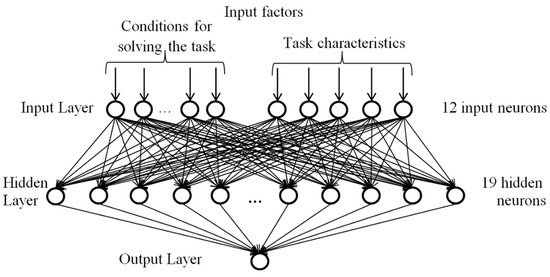Promotion of Computational Thinking and Informatics Education in Pre-University Studies (Closed)
A topical collection in Informatics (ISSN 2227-9709).
Viewed by 23699Editor
Interests: STEM; computational thinking
Special Issues, Collections and Topics in MDPI journals
Topical Collection Information
Dear Colleageus,
Digital competence is a key competence proposed by the European Union. Having basic computer skills is a necessity in today's society, which adds to other basic knowledge, such as reading, writing, or performing arithmetic operations.
The development of any key non-transversal competence requires independent subjects with a mandatory character, such as Mathematics, Physics, Chemistry, or Natural Sciences, for example.
Informatics constitutes a mixed discipline with elements of science and technology. Therefore, its learning requires an independent subject from others with which it has a relationship but whose contents are different, such as Mathematics or Technology. Moreover, this subject-based approach should be combined with other items from a pedagogical toolbox such as computational thinking.
Purpose of the collection
The purpose of this Special Issue is to help to identify good practices and/or particular concerns that may contribute to the development of computational thinking practices and curricular approaches to teach informatics at the different levels of pre-university studies, with a special emphasis on bringing with STEM reinforcement actions.
Prof. Dr. Francisco José García-Peñalvo
Collection Editor
Manuscript Submission Information
Manuscripts should be submitted online at www.mdpi.com by registering and logging in to this website. Once you are registered, click here to go to the submission form. Manuscripts can be submitted until the deadline. All submissions that pass pre-check are peer-reviewed. Accepted papers will be published continuously in the journal (as soon as accepted) and will be listed together on the collection website. Research articles, review articles as well as short communications are invited. For planned papers, a title and short abstract (about 100 words) can be sent to the Editorial Office for announcement on this website.
Submitted manuscripts should not have been published previously, nor be under consideration for publication elsewhere (except conference proceedings papers). All manuscripts are thoroughly refereed through a single-blind peer-review process. A guide for authors and other relevant information for submission of manuscripts is available on the Instructions for Authors page. Informatics is an international peer-reviewed open access quarterly journal published by MDPI.
Please visit the Instructions for Authors page before submitting a manuscript. The Article Processing Charge (APC) for publication in this open access journal is 1800 CHF (Swiss Francs). Submitted papers should be well formatted and use good English. Authors may use MDPI's English editing service prior to publication or during author revisions.
Keywords
- computational thinking
- informatics education
- STEM
- pre-university studies
- PBL







